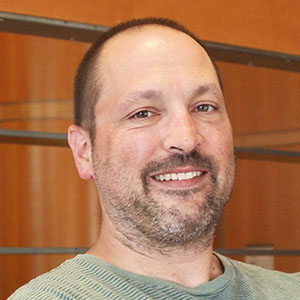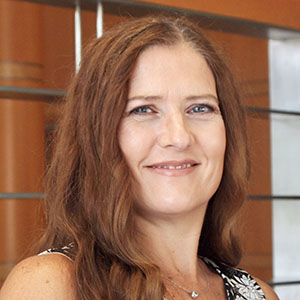
Francis Collins, M.D., Ph.D.
NIH Distinguished Investigator
Center For Precision Health Research
Head
Molecular Genetics Section
Education
B.S. University of Virginia
Ph.D. Yale University
M.D. University of North Carolina, Chapel Hill
Molecular Genetics Section Research Group
Staff Scientists

Lori Bonnycastle, Ph.D.
- Staff Scientist
- Molecular Genetics Section

Michael R. Erdos, Ph.D.
- Staff Scientist
- Molecular Genetics Section

Zhengmei Xiong, Ph.D.
- Staff Scientist
- Molecular Genetic Section
Bioinformatics Scientists

Narisu Narisu, Ph.D.
- Bioinformatics Scientist
- Molecular Genetics Section

Tingfen Yan, Ph.D.
- Bioinformatics Scientist
- Molecular Genetics Section
Biologists

Aimee Beck, M.S.
- Biologist
- Molecular Genetics Section

Wayne Cabral, Ph.D.
- Biologist
- Molecular Genetics Section

Amy Swift, M.S.
- Biologist
- Molecular Genetics Section
Staff Assistants

Gretchen S. Wood
- Staff Assistant
- Molecular Genetics Section
Guest Researchers

Cassie Robertson, Ph.D.
- Guest Researcher
- Molecular Genetics Section
Scientific Data Specialists

Neelam Sinha, M.S.
- Jr. Scientific Data Specialist
- Molecular Genetics Section
Fellows

Leland Taylor, Ph.D.
- Postdoctoral Fellow
- Molecular Genetics Section

Henry J. Taylor, B.S.
- Predoctoral IRTA Fellow
- Molecular Genetics Section

Nick Howell, B.S.
- Postbaccalaureate IRTA Fellow
- Molecular Genetics Section

Lukas Johnson
- Postbaccalaureate IRTA Fellow
- Molecular Genetics Section

Brian Lee
- Postbaccalaureate IRTA Fellow
- Molecular Genetics Section

Hannah Li
- Postbaccalaureate IRTA Fellow
- Molecular Genetics Section

Caleb Rathbun
- Postbaccalaureate IRTA Fellow
- Molecular Genetics Section
Related Projects
Last updated: January 16, 2025

